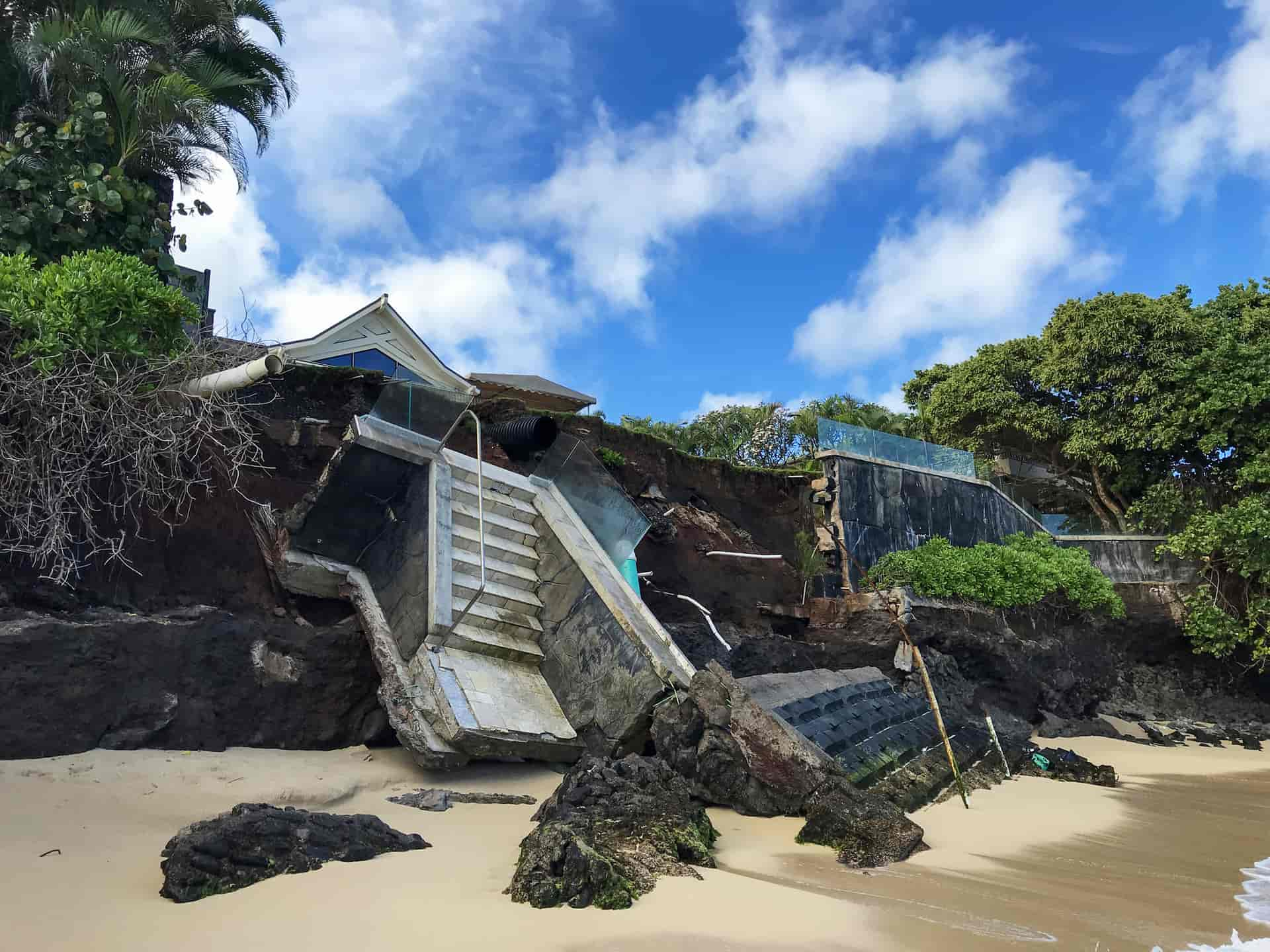

California is also geographically around sixty percent larger. Sixty-four miles south, in San Jose, insurance agent Chuck Nielsen said, “Our phone didn’t ring.” Nobody even asked about earthquake insurance, though people throughout the Bay Area could feel the ground shake.This article was originally published by Reactions Magazine, click here to read the article (Reactions subscribers only).Ĭalifornia has eight-times the population of New Zealand (40 million compared to 5 million), and more than ten times the Gross Domestic Product. A 6.0 magnitude temblor centered in southern Napa County killed one person and caused $400 million in damage. In August, the Bay Area suffered its strongest quake since Loma Prieta. But as times passes, attention fades, typically after just two to four years.” This map shows risk of a 6.7 magnitude earthquake or greater striking over the next 30 years, along with percentage of homeowners who carry earthquake insurance.

#Problems with california earth quake insurance drivers#
“Having had a loss recently is one of the main drivers of insurance purchase.”īut everybody has a short memory, he said, even those with deeper roots in California: “When a big disaster happens, the risk is very salient - everybody talks about it, the media covers it - at that time it seems like a good idea to invest in protection. “New residents moved to the state and have no experience with such a loss,” said Michel-Kerjan. They have no personal experience with any earthquake as devastating as Northridge or Loma Prieta. In the Bay Area and greater Los Angeles, much of the population is made up of immigrants, young people and transplants from elsewhere in the U.S. Two decades is a long time, especially in California. “We are trying to move from a one-size-fits all approach to allowing consumers to choose the types of coverages that most meet their needs,” Pomeroy said. The goal is to offer a similar range of deductibles for personal property protection. Pomeroy said the CEA is seeking changes that would give homeowners more of these options, including a range of deductibles from 5 to 25 percent. “This would lower the premiums significantly and also incentivize people to invest in risk reduction measures such as retrofitting parts of their house.” Michel-Kerjan said he and colleagues have discussed alternatives, like a lower deductible paired with a 90-10 rule –- meaning the insurer covers 90 percent of the costs of repairs and the homeowner covers the remaining 10 percent. “Unless one expects massive damage to the property, this does not seem like a good bargain,” he said. the reward.Įrwann Michel-Kerjan, executive director of the Wharton Risk Management and Decision Processes Center at the University of Pennsylvania, explains that for some who reject the insurance, the cost of premiums and deductible only seems justified in the worst-case scenario. Anecdotally, state officials say they have heard instances in which professionals –- estate planners, insurance and real estate agents and financial advisers – have discouraged clients from buying earthquake insurance after calculating the risk vs. They often opt not to buy the insurance even though they can handle the price. People of greater means have a different version of sticker shock.

For people of moderate income, that monthly pricetag can seem like a luxury. California houses aren’t cheap –- the current median sale price is just under $400,000, and is higher in many of the counties most at risk. Premiums for earthquake insurance range from $800 to $5,000 annually, and deductibles are typically 15 percent of the total value of the home. The percentage of insured homeowners, which had continued rising after the Loma Prieta quake and topped 30 percent, dropped after Northridge. But homeowners weren’t - and still aren’t - required to buy earthquake insurance. In response, the California Legislature created the CEA to guarantee that coverage was available to homeowners. Some stopped offering earthquake insurance and others raised the premiums exponentially.įollow NBC News Investigations on Twitter and Facebook. Insurers were swamped with 300,000 residential claims totaling $12 billion. Then the Northridge earthquake of 1994 hit the San Fernando Valley north of L.A. Click Here to Read the RMS Report 'When the Big One Hits'


 0 kommentar(er)
0 kommentar(er)
